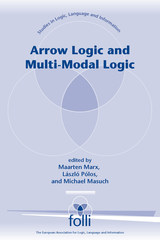15 start with A start with A
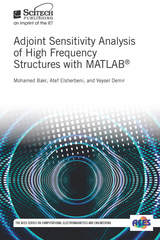
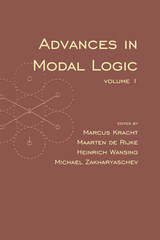
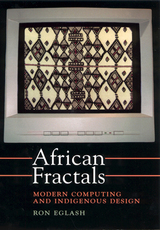
Anthropologists have observed that the patterns produced in different cultures can be characterized by specific design themes. In Europe and America, we often see cities laid out in a grid pattern of straight streets and right-angle corners. In contrast, traditional African settlements tend to use fractal structures-circles of circles of circular dwellings, rectangular walls enclosing ever-smaller rectangles, and streets in which broad avenues branch down to tiny footpaths with striking geometric repetition. These indigenous fractals are not limited to architecture; their recursive patterns echo throughout many disparate African designs and knowledge systems.
Drawing on interviews with African designers, artists, and scientists, Ron Eglash investigates fractals in African architecture, traditional hairstyling, textiles, sculpture, painting, carving, metalwork, religion, games, practical craft, quantitative techniques, and symbolic systems. He also examines the political and social implications of the existence of African fractal geometry. His book makes a unique contribution to the study of mathematics, African culture, anthropology, and computer simulations.
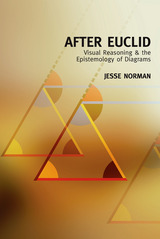
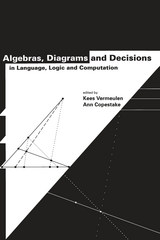
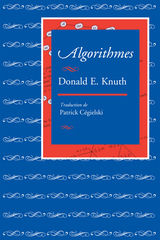
This book is a French translation of seventeen papers by Donald Knuth on algorithms both in the field of analysis of algorithms and in the design of new algorithms. They cover fundamental concepts and techniques and numerous discrete problems such as sorting, searching, data compression, theorem-proving, and cryptography, as well as methods for controlling errors in numerical computations.

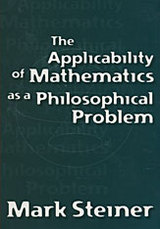
This book analyzes the different ways mathematics is applicable in the physical sciences, and presents a startling thesis--the success of mathematical physics appears to assign the human mind a special place in the cosmos.
Mark Steiner distinguishes among the semantic problems that arise from the use of mathematics in logical deduction; the metaphysical problems that arise from the alleged gap between mathematical objects and the physical world; the descriptive problems that arise from the use of mathematics to describe nature; and the epistemological problems that arise from the use of mathematics to discover those very descriptions.
The epistemological problems lead to the thesis about the mind. It is frequently claimed that the universe is indifferent to human goals and values, and therefore, Locke and Peirce, for example, doubted science's ability to discover the laws governing the humanly unobservable. Steiner argues that, on the contrary, these laws were discovered, using manmade mathematical analogies, resulting in an anthropocentric picture of the universe as "user friendly" to human cognition--a challenge to the entrenched dogma of naturalism.
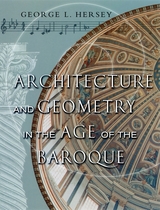
Hersey first concentrates on specific problems in geometry and architectural design. He then explores the affinities between musical chords and several types of architectural form. He turns to advances in optics, such as artificial lenses and magic lanterns, to show how architects incorporated light, a heavenly emanation, into their impressive domes. With ample illustrations and lucid, witty language, Hersey shows how abstract ideas were transformed into visual, tactile form—the epicycles of the cosmos, the sexual mystique surrounding the cube, and the imperfections of heavenly bodies. Some two centuries later, he finds that the geometric principles of the Baroque resonate, often unexpectedly, in the work of architects such as Frank Lloyd Wright and Le Corbusier. A discussion of these surprising links to the past rounds out this brilliant reexamination of some of the long-forgotten beliefs and practices that helped produce some of Europe's greatest masterpieces.
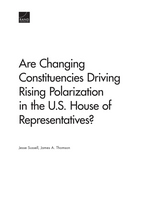

“Inspiring and informative…deserves to be widely read.”
—Wall Street Journal
“This fun book offers a philosophical take on number systems and revels in the beauty of math.”
—Science News
Because we have ten fingers, grouping by ten seems natural, but twelve would be better for divisibility, and eight is well suited to repeated halving. Grouping by two, as in binary code, has turned out to have its own remarkable advantages.
Paul Lockhart presents arithmetic not as rote manipulation of numbers—a practical if mundane branch of knowledge best suited for filling out tax forms—but as a fascinating, sometimes surprising intellectual craft that arises from our desire to add, divide, and multiply important things. Passionate and entertaining, Arithmetic invites us to experience the beauty of mathematics through the eyes of a beguiling teacher.
“A nuanced understanding of working with numbers, gently connecting procedures that we once learned by rote with intuitions long since muddled by education…Lockhart presents arithmetic as a pleasurable pastime, and describes it as a craft like knitting.”
—Jonathon Keats, New Scientist
“What are numbers, how did they arise, why did our ancestors invent them, and how did they represent them? They are, after all, one of humankind’s most brilliant inventions, arguably having greater impact on our lives than the wheel. Lockhart recounts their fascinating story…A wonderful book.”
—Keith Devlin, author of Finding Fibonacci
